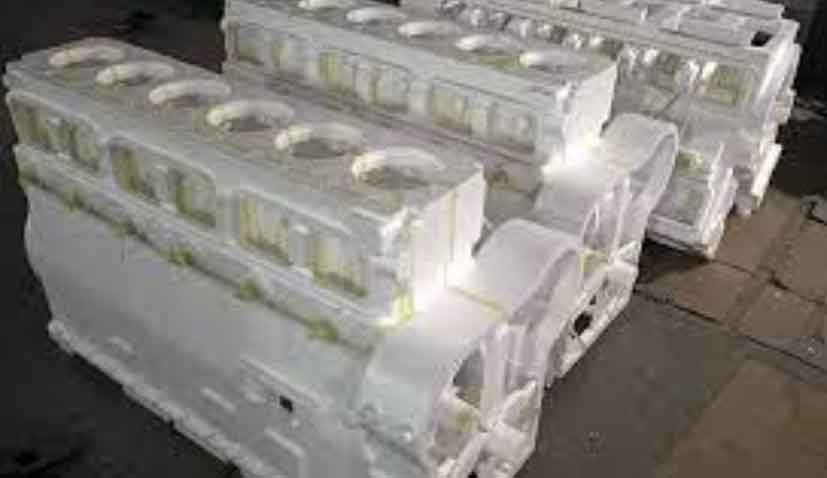Lost foam casting offers several advantages that contribute to its efficiency and the maximization of production. Here are some key factors that help achieve high efficiency and production rates in lost foam casting:

Design Freedom:
Lost foam casting allows for the production of complex and intricate shapes with high precision. This eliminates the need for additional machining or assembly processes, reducing production time and costs.
Reduced Tooling Costs:
Since lost foam casting uses foam patterns instead of traditional molds, the cost of tooling is significantly reduced. Foam patterns can be easily produced and modified using 3D printing or other foam manufacturing methods, saving both time and money.
Single-Piece Production:
Lost foam casting enables the creation of complex parts as a single piece, eliminating the need for joining or welding multiple components together. This reduces assembly time and improves the overall structural integrity of the final product.
Material Efficiency:
The lost foam casting process allows for precise control over the amount of metal used in each casting. By optimizing the gating and risering system, excess material waste is minimized, resulting in efficient use of metal and reduced material costs.
Faster Production Cycles:
Lost foam casting typically has shorter production cycles compared to other casting methods. The process eliminates the need for pattern removal, mold assembly, and mold removal steps, which are time-consuming in traditional casting techniques. As a result, lost foam casting can achieve faster turnaround times and higher production rates.
Improved Surface Finish:
Lost foam casting often produces parts with excellent surface finishes directly from the mold. This reduces or eliminates the need for post-casting finishing processes such as grinding or polishing, saving time and resources.
Reduced Defects:
The use of foam patterns allows for better dimensional accuracy and repeatability, resulting in reduced defects in the final castings. The absence of parting lines and the ability to incorporate intricate details without drafts further contribute to defect reduction and improved overall quality.
Environmental Benefits:
Lost foam casting generates less waste compared to other casting methods since the foam pattern is vaporized during the casting process, leaving minimal residue. This reduces material waste and contributes to a more sustainable and environmentally friendly manufacturing process.
To maximize the benefits and efficiency of lost foam casting, it is crucial to optimize the design, gating system, and process parameters. Proper control of factors such as pouring temperature, sand compaction, and solidification time can significantly impact the quality and production rate of castings.
It’s worth noting that while lost foam casting offers numerous advantages, it may not be suitable for all applications. Factors such as part size, material selection, and production volume should be carefully considered to determine the most suitable casting method for a specific project.
